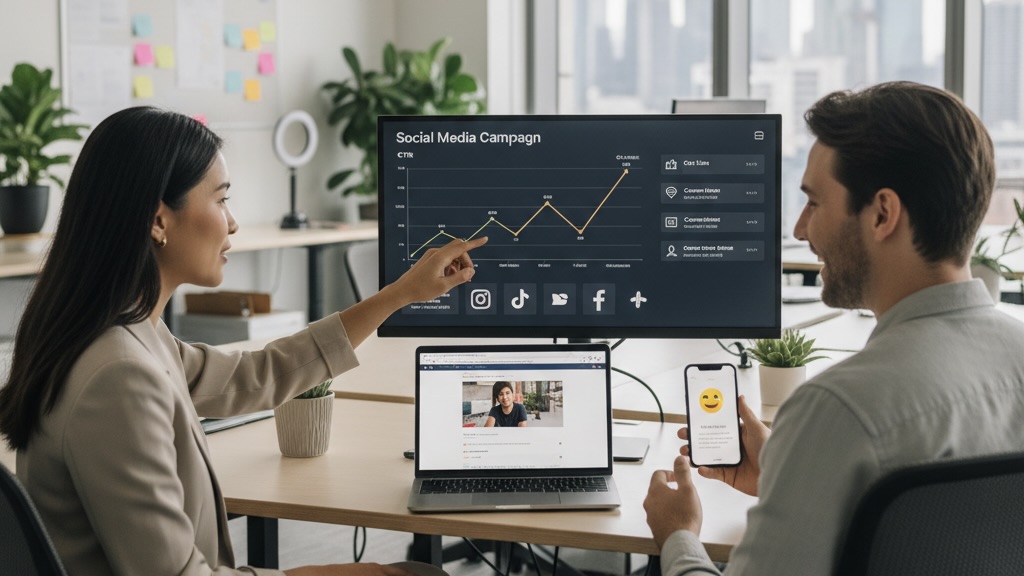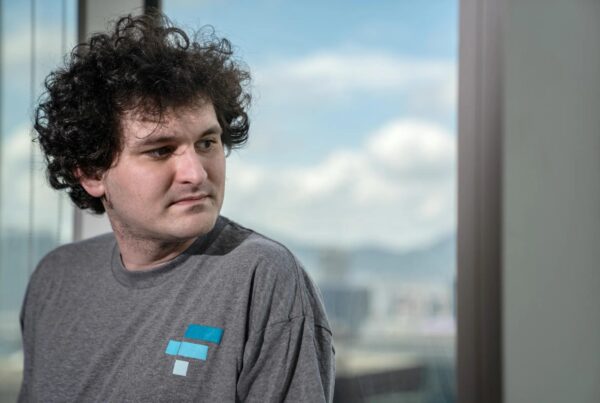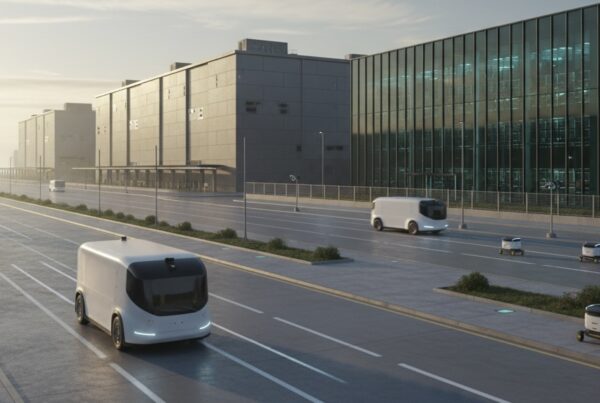Digital promotion has now become one of the main pillars of modern marketing strategy. The advent of social media has made companies no longer able to rely solely on conventional approaches. With billions of active users every day, platforms such as Instagram, TikTok, Facebook, and YouTube have become competitive arenas where brands compete to capture the audience's attention. The question is, to what extent can digital promotion accelerate market penetration and increase business conversions?
Social Media as a Competitive Arena
The development of social media has changed the way companies interact with their consumers. From snack-food companies, fashion, to services, all leverage the power of visuals, storytelling, and direct communication with the audience. Social media gives brands room to reach a wider market across geographical boundaries. In addition, messages can be delivered quickly, while simultaneously building real-time engagement with consumers.
Direct Interaction and Storytelling
Engaging content is not only in the form of advertisements, but also narratives that are relevant to consumers' lives. Storytelling helps brands build emotional connections. For example, campaigns that highlight the customer experience or personal moments are easier to create a sense of closeness. Direct interactions through the comment section, private messages, and live broadcasts add a dimension to the relationship that cannot be found in traditional promotion.
An evocative visualization
Visuals have become one of the key elements in social media. High-quality images, short videos, and creative design capture attention more quickly than long text. A company that consistently delivers visually appealing visuals can maintain audience engagement longer. This strategy also strengthens brand identity, because consumers can more easily recognize content that has certain visual characteristics.
Data and Personalization as a Strength
One of the advantages of digital promotion is the ability to use data to target audiences. Social media algorithms are now very advanced. With demographic data, interests, and even shopping behavior, ads can be delivered precisely to the right prospective customers. This makes the cost of digital promotion relatively more efficient than conventional methods.
Promotional cost efficiency
Unlike television ads or billboards that require large costs, digital promotion can be carried out with a more flexible budget. Even small companies can compete on social media with the right strategy. This efficiency makes digital promotion the top choice for reducing costs while expanding reach.
Content Personalization
Personalization has become an important strategy to make the message more relevant. By leveraging data, brands can tailor content based on location, age, or user preferences. For example, beauty products target advertisements only at the young age group in urban areas. This approach increases the likelihood of interaction while simultaneously driving higher conversions.
Measuring Engagement to Conversion
The success of digital promotion is no longer measured solely by the number of impressions. The company now assesses campaign effectiveness through engagement rate, click-through rate (CTR), and conversion rate. This indicator is more concrete because it directly reflects the audience's response to the content.
Engagement as the Primary Indicator
Engagement includes likes, comments, shares, and saves. The high level of engagement indicates that the content has successfully attracted attention and encouraged interaction. Many brands make engagement the main barometer in evaluating the effectiveness of social media campaigns.
Conversion and Market Growth
In addition to engagement, the conversion rate becomes the ultimate goal. The data show that digital campaigns are able to generate an average conversion rate of 2 to 5 percent, higher than traditional offline promotions. This increase shows how social media directly plays a role in driving market penetration.
The Challenge of Noise and Consistency
Although promising, digital promotion also faces major challenges. Consumers are flooded with hundreds of pieces of content every day. In this situation, creativity and consistency are the keys to ensuring that the brand does not get lost in digital noise.
Content Competition on Social Media
Every brand competes to grab attention with various forms of content. From short video trends on TikTok to visual campaigns on Instagram, the competition is getting tougher. Therefore, companies must continue to innovate so that the message remains relevant and stands out amid the torrent of information.
The importance of brand consistency
Inconsistent content risks reducing audience trust. Consistency in visual style, communication tone, and publication schedule creates a strong identity. Consumers find it easier to remember brands that appear stable over the long term than those that appear only occasionally without a clear direction.
Way Forward with a Hybrid Strategy

Although digital promotion through social media has proven effective, relying on a single channel alone is not an ideal solution. A hybrid strategy that combines digital and offline promotion yields more optimal results. This combination strengthens the brand's position in the market while building long-term customer loyalty.
Online and Offline Synergy
Event branding, sponsorship, or offline collaboration can broaden the impact of a digital campaign. For example, a brand launching a new product can host an offline event and then amplify exposure with online promotion. This synergy not only increases awareness, but also creates a more personal experience for consumers.
Long-term loyalty
The ultimate goal of digital promotion is not just awareness or short-term sales growth, but to build consumer loyalty. By combining creative digital content and real offline experiences, the company can foster long-term relationships with its audience.
Digital promotion in the social media era has proven its effectiveness in driving market penetration. Its main advantages lie in broad reach, cost efficiency, and the ability to target audiences precisely. However, success depends heavily on creativity, content quality, and brand consistency. By implementing a hybrid strategy that blends online and offline, the company can build not only awareness, but also sustainable customer loyalty.
For digital promotion needs on social media,The Insimen professional team is ready to help your business or venture. in order to be able to compete and grow faster. Find other analyses of global marketing trends by reading the related article on Insimen.
Discover more from Insimen
Subscribe to get the latest posts sent to your email.










